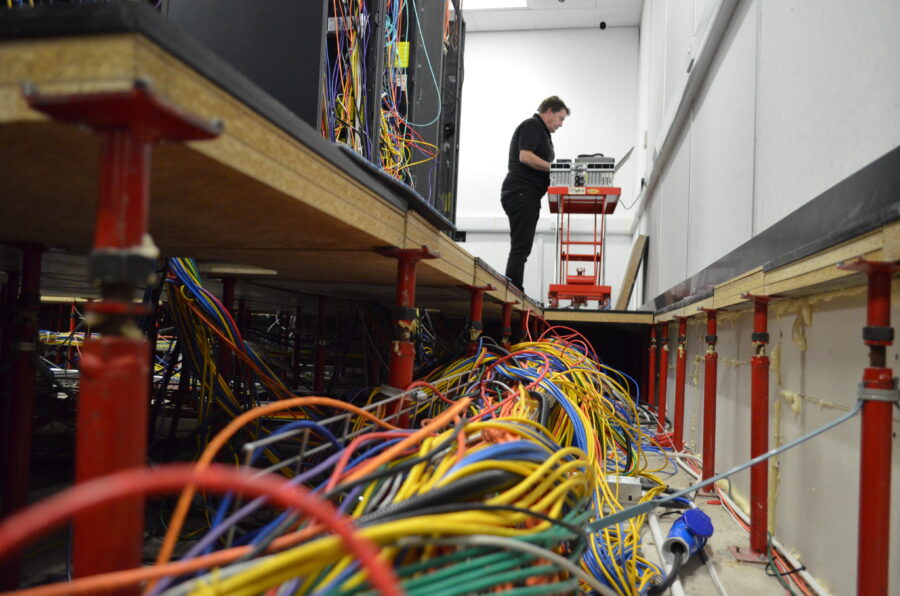Server Room Cable Audit: Cable Chaos!
We arrived at the customer’s site to begin a physical cable trace and audit of their server room in preparation for their upcoming relocation. Knowing this was going to be challenging (given the jungle of cables we were presented with), it needed a patient, detailed approach to the physical cable trace for it to be accurately documented.
We began by producing current rack elevations, detailing all the equipment that was to be relocated and any that was to be replaced at the new site. All devices are then given two unique identification labels. One to identify its current cabinet and position, and one to identify its destination cabinet and position. Then in our specially designed spreadsheets, we add all the physical port maps for each device, ready for adding the traced cable connection details.
Then started the painstaking process of cable tracing, patiently and methodically: this always involves double-checking, and sometimes triple checking, the cable route from the host port—usually on a server to the destination port on a switch.
The sheer density of cables and the interwoven network created a complicated environment. It required a delicate and intricate understanding of the network architecture to ensure that no cable was left unaccounted for.
As the cable audit progressed, the team discovered cables running in multiple routes underneath the floor, resulting in large sections of the floor needing to be pulled up in order to correctly trace each cable across the room.
We navigated our way around the room, with one engineer labelling and the other entering connection data. Once a cable had been traced and identified, the connection ends were labelled with its host and destination port details—this could be used as a checking fall back. Some cables were to be kept for the data centre relocation.
These were prepared and labelled, ready to be retrieved—and reconnected successfully on the day of the move.
We were creating an invaluable audit that the customer would use and go on to develop further in the future. It would also be the document that we would be using to calculate and prepare all the replacement labelled cable looms in advance, ready for the relocation to the new Data Centre. Ensuring a totally efficient relocation process and keeping downtime to a bare minimum.
Stay tuned for Part 2. New cabling provision and prep.


